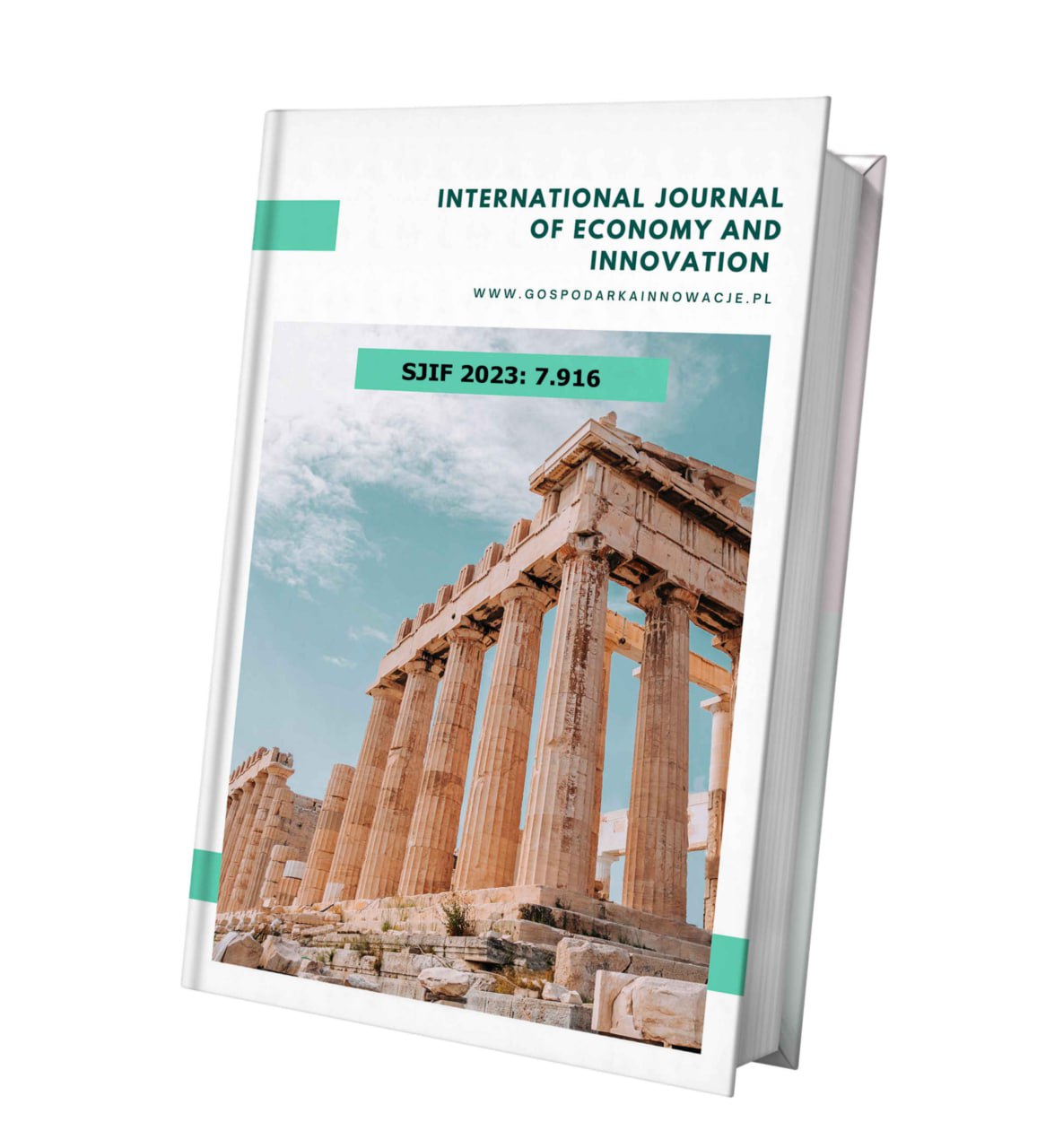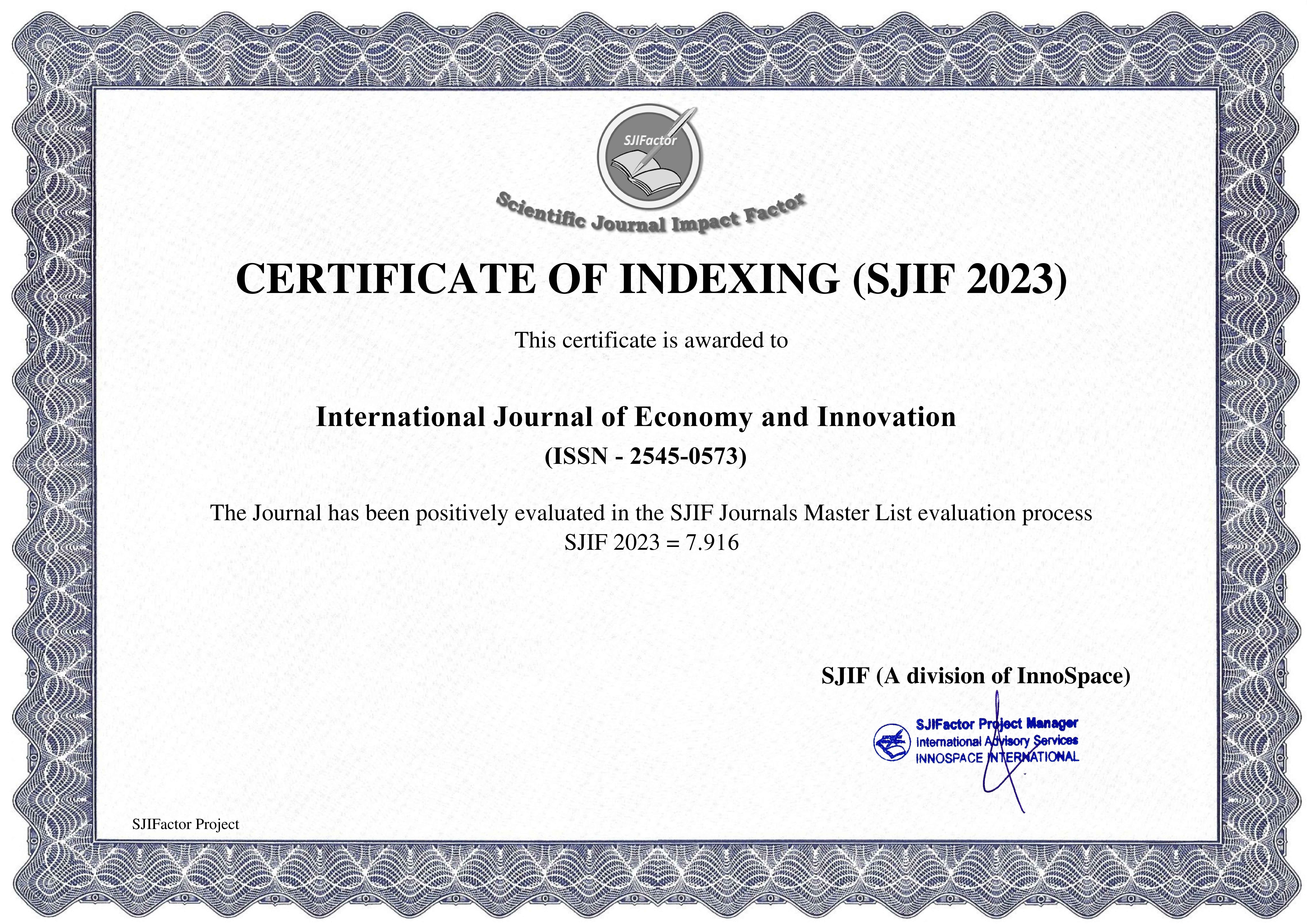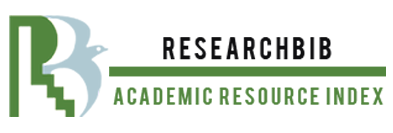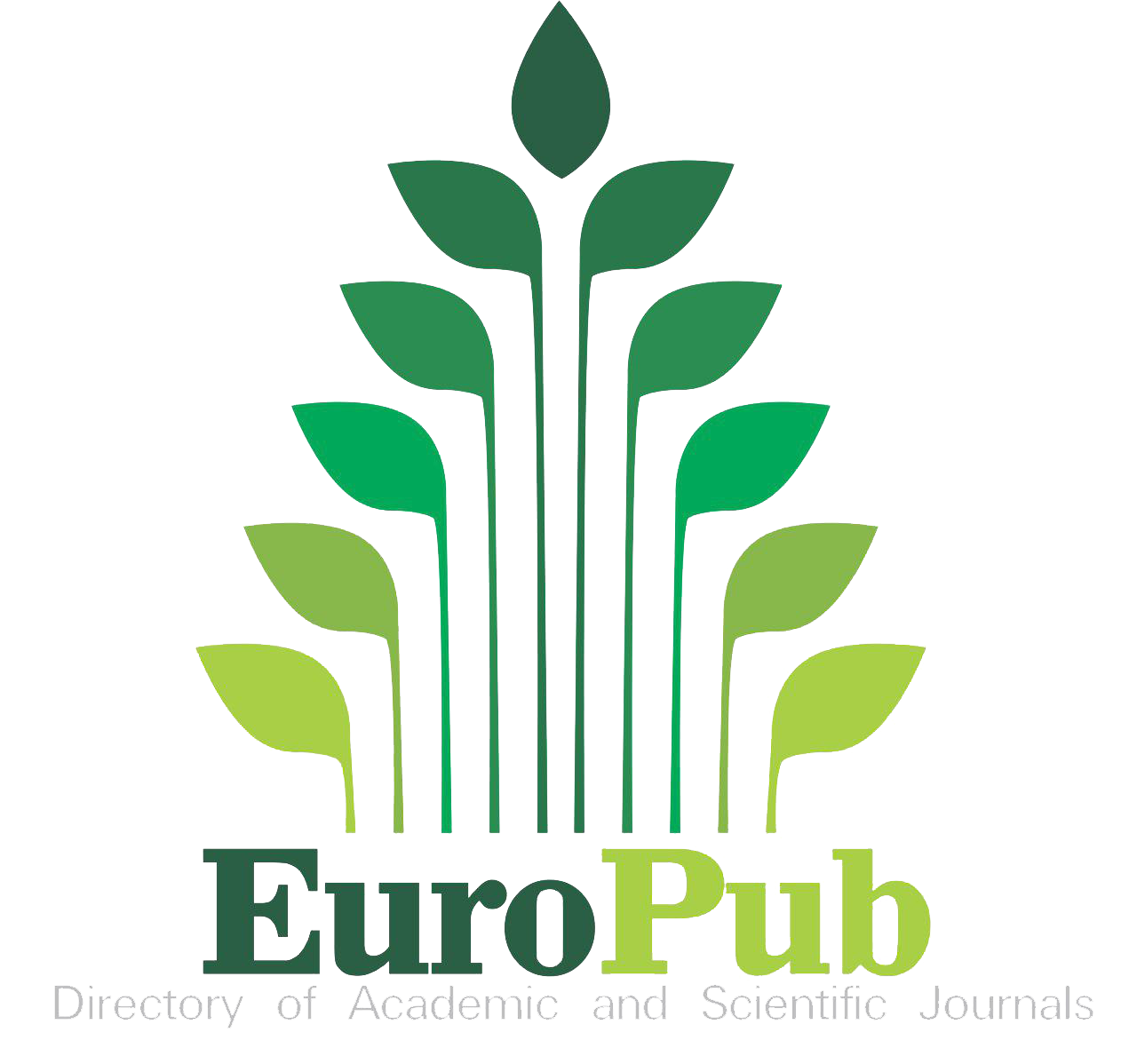CHANGES IN INTESTINAL MICROFLORA IN LIVER CIRRHOSIS
Keywords:
Liver cirrhosis, gut microbiome, dysbiosis, gut-liver axis, 16S rRNA sequencingAbstract
Liver cirrhosis is a progressive liver disease often resulting from chronic conditions like viral hepatitis, alcohol abuse, and non-alcoholic fatty liver disease (NAFLD). Recent research highlights the significant role of the gut microbiome in liver cirrhosis through the gut-liver axis, which influences disease progression and immune responses. However, the specific alterations in the gut microbiome of liver cirrhosis patients in Uzbekistan remain largely unexplored. This study aims to fill this knowledge gap by investigating the microbial diversity and composition in cirrhosis patients in Uzbekistan, considering local dietary habits, viral hepatitis prevalence, and healthcare limitations. A cross-sectional study was conducted, where stool and blood samples from cirrhosis patients and healthy controls were analyzed using 16S rRNA sequencing. The findings revealed significant microbial dysbiosis in cirrhotic patients, characterized by reduced diversity and an overgrowth of pathogenic bacteria, which correlated with impaired liver function as measured by liver enzyme levels and MELD/Child-Pugh scores. These results underscore the importance of the gut-liver axis in cirrhosis and suggest that microbiome modulation through probiotics, prebiotics, and dietary interventions could offer potential therapeutic benefits. The study emphasizes the need for region-specific research and further clinical trials to assess the efficacy of microbiome-based therapies in improving liver function and patient outcomes in Uzbekistan and similar regions with limited healthcare access.

















